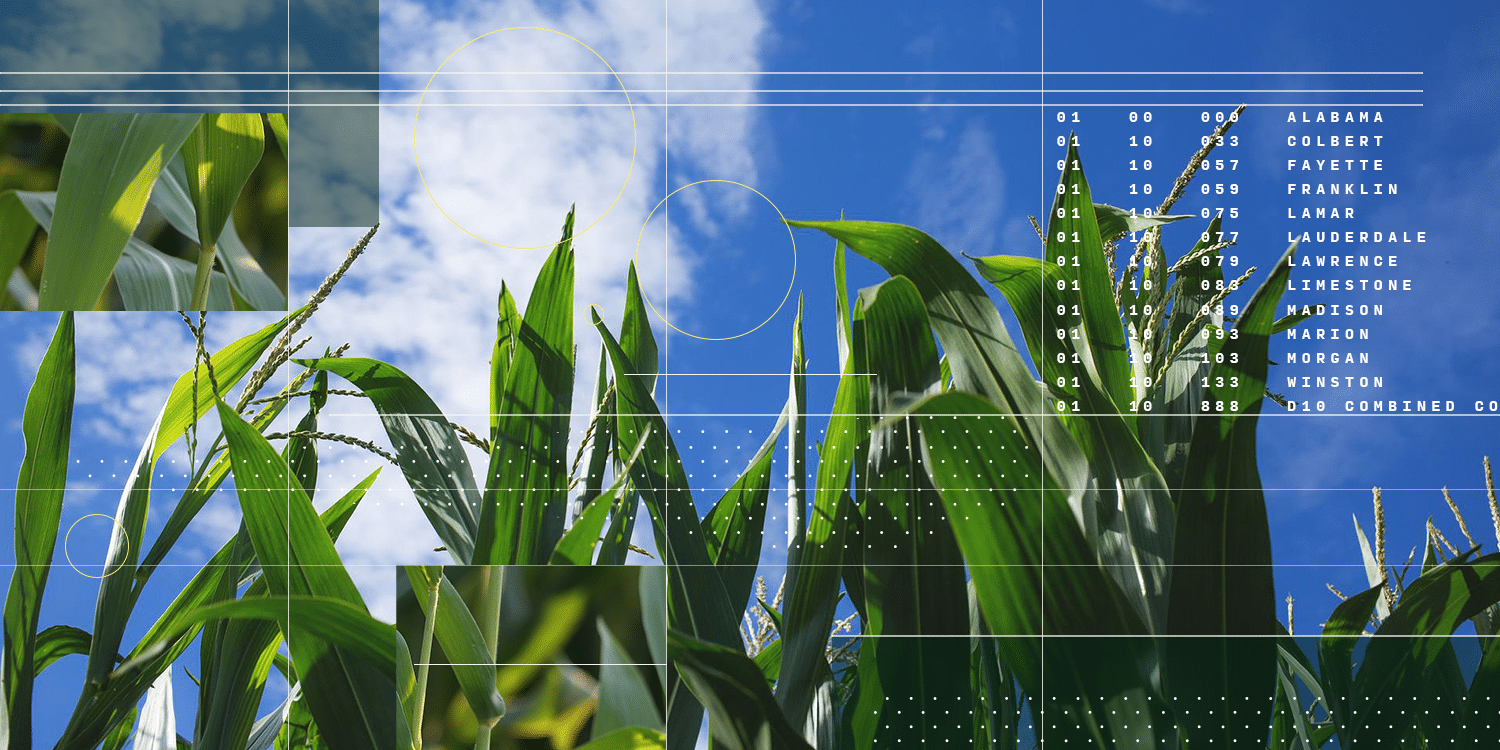Globally, organizations and governments are interested in reducing the environmental impacts and achieving climate sustainability. To achieve these goals, they are turning to voluntary carbon credit markets to encourage the reduction of greenhouse gases (“GHG”).
A carbon market allows investors and corporations to trade or purchase carbon credits and carbon offsets. This mitigates the environmental crisis by helping organizations offset their carbon footprints, while also creating new market opportunities.
Follow our guided learning path to discover more about how carbon marketplaces can help create a climate-resilient future.


